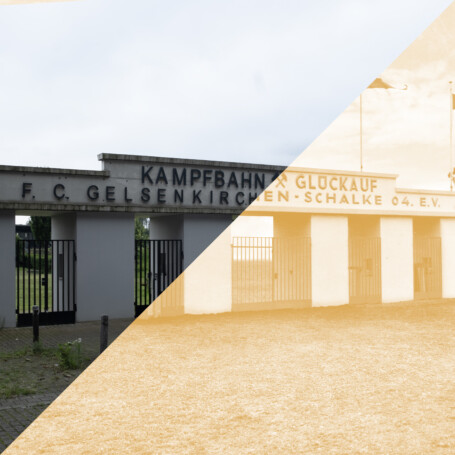




"Blue and white how I love you!", "Royalblue S04", "for a lifetime - blue and white for a lifetime" - anyone who hears the fan chants in the stadium should not doubt for a moment what the Schalke colours are. The "traditional" colours, of course: "Blue and white are our football colours, royal blue and white like the snow", sang the Schalke pop singer Ährwin Weiß (!), anything else is out of the question. "Yes, that's the way it is and that's the way it will always be"? But has it always been like this?


Not at all: red and yellow. That's how the young Schalke footballers looked when the club was founded. Back then, they were still known as Westfalia Schalke. Why exactly red and yellow were chosen for the Schalke boys at the time of the club's foundation is unclear. Was it the coat of arms of the county of Mark that inspired the footballers? Was the inspiration a Dutch football club in red and yellow that was a guest in Gelsenkirchen and served as a role model? How exactly the colour combination came about, which today only comes together in the stadium for "ketchup and mustard", has not been conclusively clarified, but it certainly wasn't "blue and white for a lifetime".



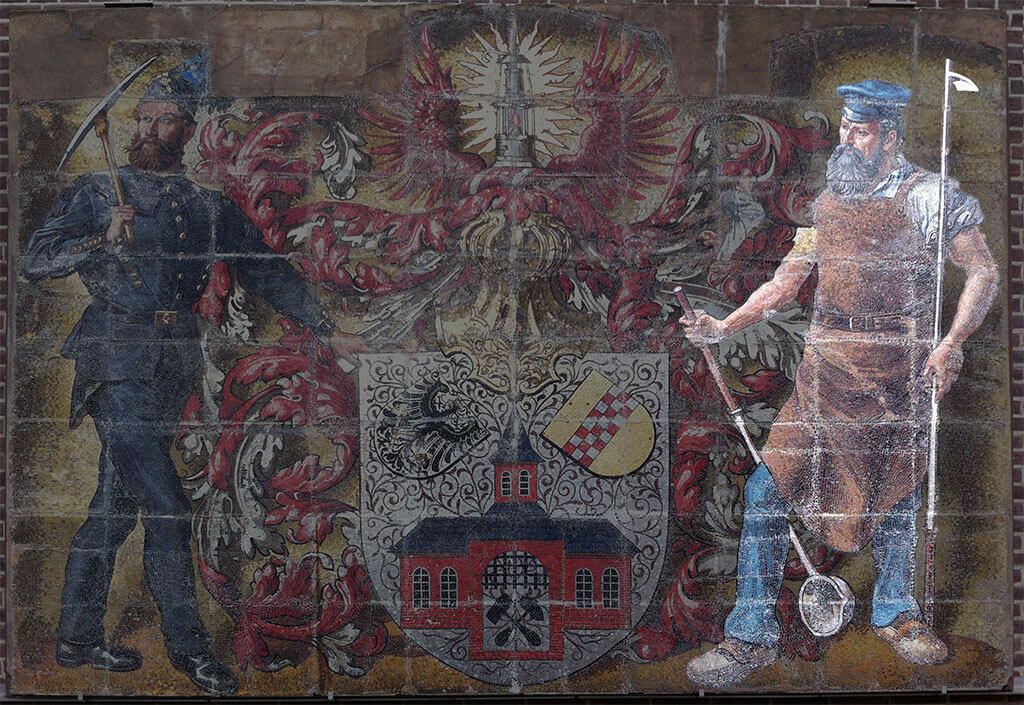
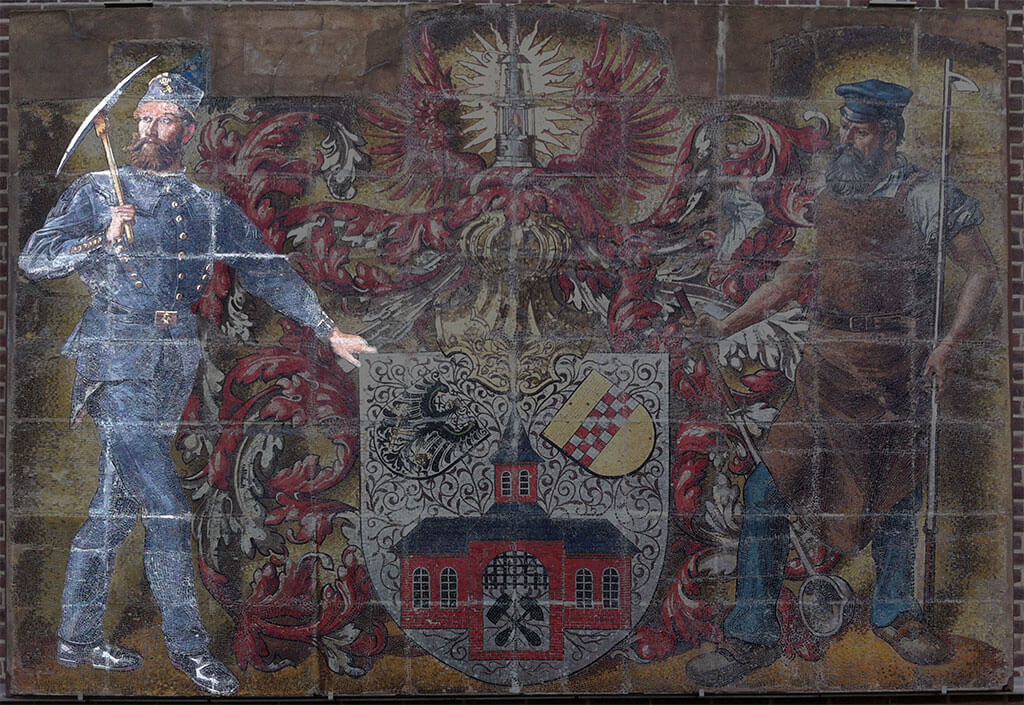



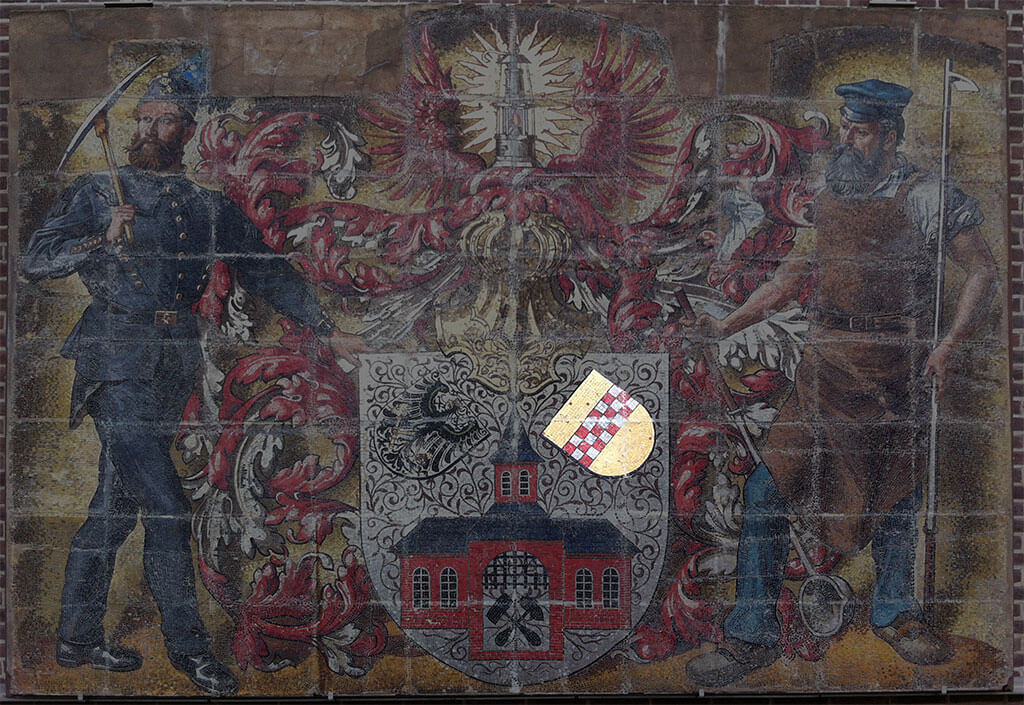
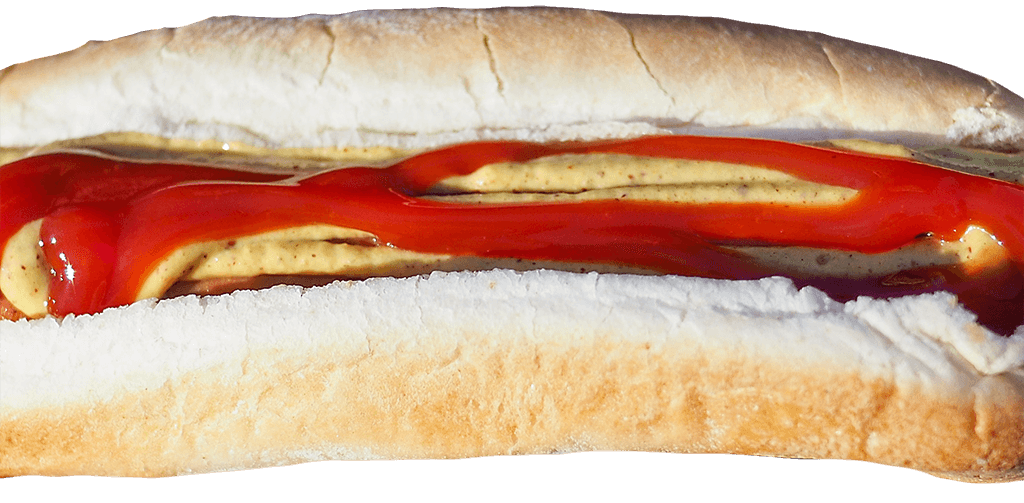
For nine years, the team took to the green pitch under the red and yellow flag. It was not until 1913, one year after "Westfalia" joined the "Turn und Sportverein Schalke 1877", that blue shirts and white trousers are documented for the first time. When the club name was changed in 1924, there were two options to choose from. FC Schalke 04 and: Blau-Weiß Schalke 24. The "football club" was probably more important to the members at the time than the colour combination - above all to differentiate themselves from the gymnasts.
But why the blue and white colours? Was it a political statement away from the yellow and red of the County of Mark in favour of Prussian blue? The blue, also known as "royal blue", was the colour of the Prussian Life Guards and court officials, who had copied the uniforms of the French royal court. The name "royal blue" has at least stuck, even if it only became a common colour from around the 19th century.
Or are the immigrants from Polish Masuria responsible? The labour migrants, including the parents of Schalke legends Szepan and Kuzorra, arrived with their few possessions, usually wrapped in blue and white striped bedding. Or was it the longing of the miners, who made up the majority of the fans, for blue skies and white clouds, as we hear in the club song?
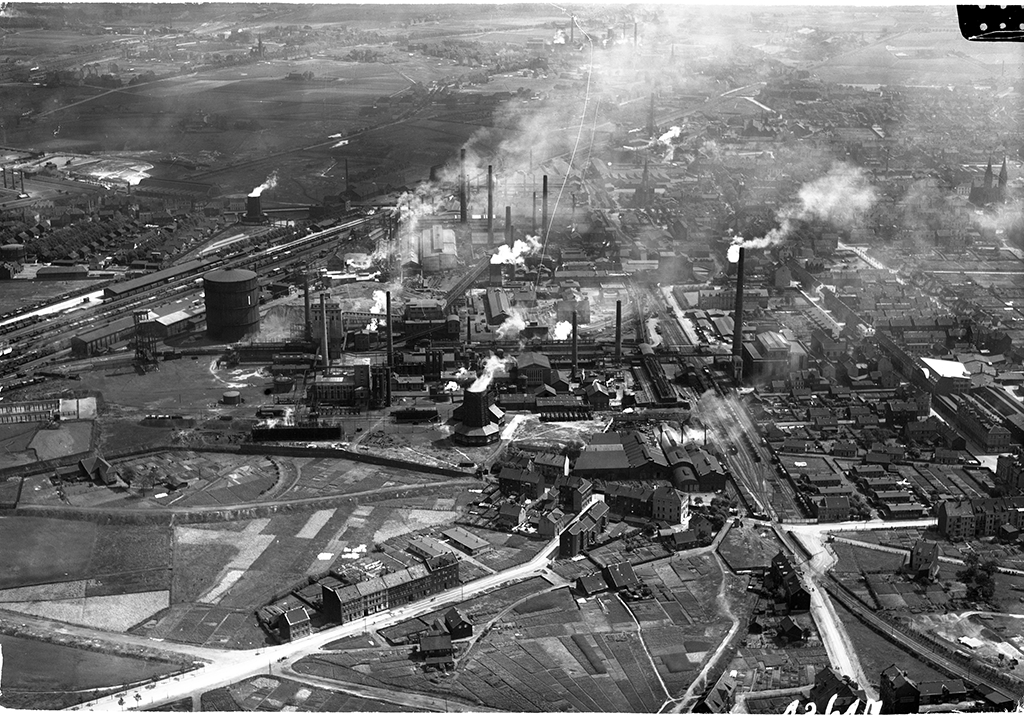





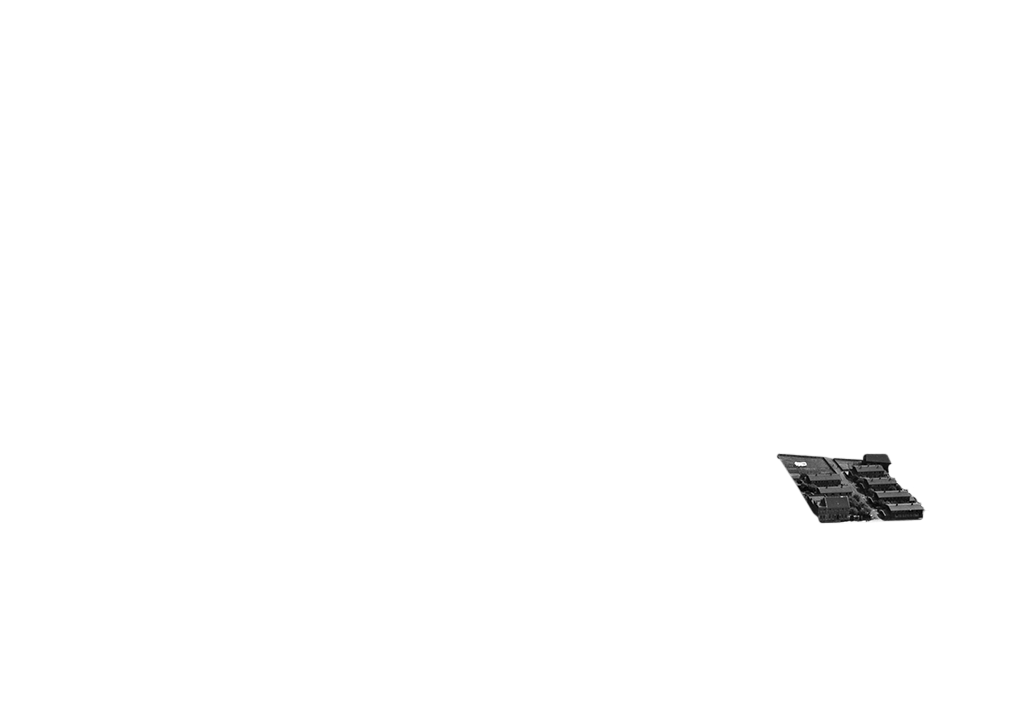
Because underground, a different colour prevailed. Black. It was black here because it was dark, and the coal that the miners hauled to the surface was also black. Their faces were black and, at the end of the shift, so were their white clothes. To put it this way: not the most positive association for the miners of the time. The black stood for darkness and for the coal dust, which not only stained everything "underground", but also darkened the white washing on the line on the surface.

But it wasn't quite so black and white underground. Colours also played an important role here. At the Zollverein colliery in Essen, for example, it is said that different helmet colours were associated with different skills and positions. Apprentices wore a green helmet. Miners in yellow and foremen, i.e. miners with managerial duties, wore a white helmet. Craftsmen were recognised by their blue helmets and the mine rescue team wore red. However, this varied from colliery to colliery and, at the latest when the big football derbies of the region were on, the headgear was diligently swapped underground.

From a Schalke perspective, the colour combination of black and yellow naturally comes to mind when we think of "derby". Until the 1980s, however, the matches against BVB Dortmund were at best a minor local rivalry. It was only when the sporting performances of the two clubs began to converge that the rivals became "arch enemies". There is a parallel that makes Dortmund quite likeable from Schalke's point of view. When Dortmund started playing football in 1909, they did not wear the black and yellow colour reminiscent of stinging insects. Instead, they wore the only true colour combination in their first games: blue and white.
Before BVB became the fiercest rival for the throne in the Ruhr region, there was a colour combination in the immediate vicinity that was much more hated: red and white. The Esseners from Hafenstraße in Bergeborbeck were on a par in sporting terms and had supporters just as passionate as FC Schalke. When it came to the supremacy of the "No. 1 in the Pott", it was a matter between red-white and blue-white and derbies were fought out between these two clubs on the Emscher.




What we have already realised: Schalke has many colours, but: Schalke is also green! Green? How now? Like Joschka Fischer and Claudia Roth? Green like envy? No - green as in close to nature, sustainable and worth living. Of course, it wasn't always like that. 100 years ago it was anything but a local recreation area. But a development in recent years is now bearing fruit. The blue ribbon that runs through Gelsenkirchen and also flows through Schalke, the Emscher, has been transformed. It has been transformed from a brown sewage stream into a renaturalised, green river. The Emscher valley, in which Schalke is located, has been transformed from a green moor to a grey industrial juggernaut and back to a green urban place.
Image sources: FC Schalke 04, Institute for City History Gelsenkirchen
